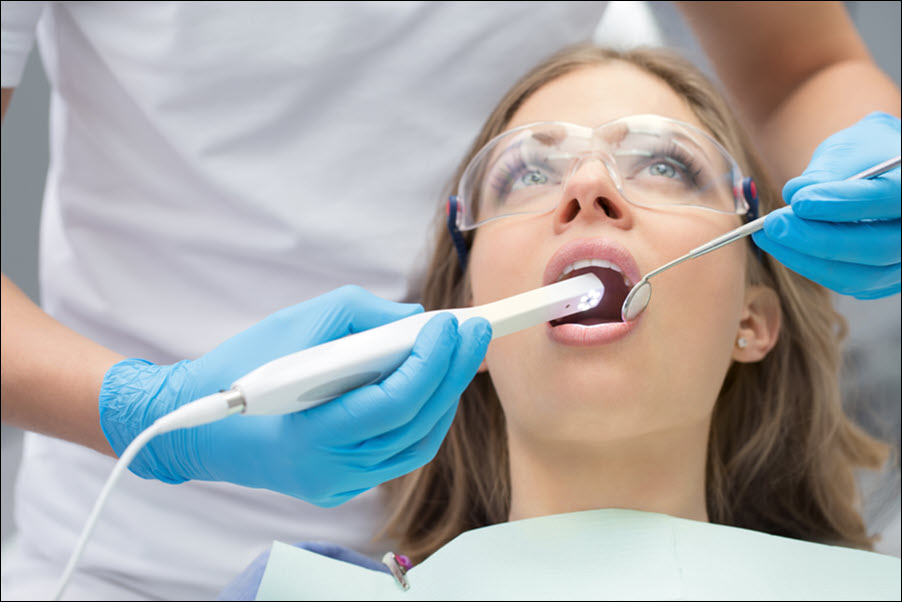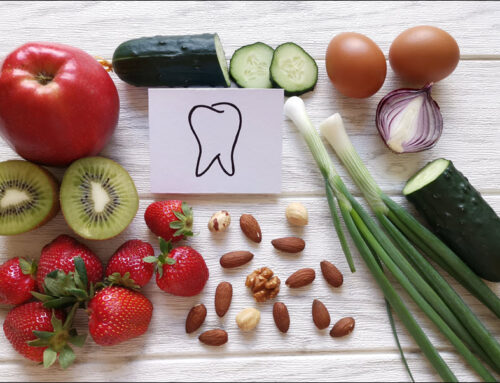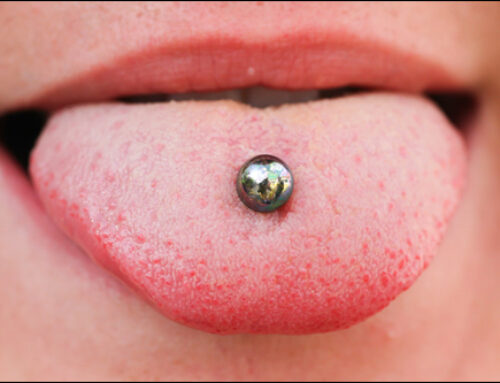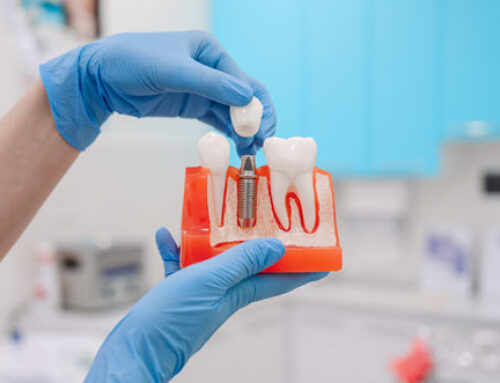Intra-oral photography is transforming dental care by giving patients a closer look at their own mouths. These high-quality images capture details that mirrors cannot show. Dentists use them to explain conditions, track progress, and improve accuracy in treatment planning. Patients who see their own intra-oral photos often gain a deeper understanding of their dental health.
Enhancing Patient Communication
Explaining dental issues with words alone can be challenging. Intra-oral photos allow patients to see cavities, gum inflammation, or cracked teeth for themselves. This visual evidence improves trust and makes treatment decisions easier. When patients clearly see the problem, they’re more likely to follow recommendations and prioritize oral health. Transparency enhances cooperation between dentist and patient.
Monitoring Oral Health Over Time
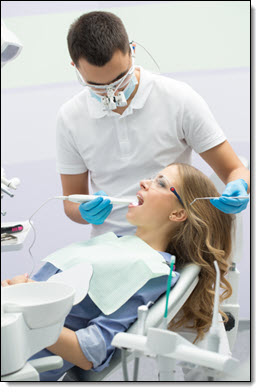 Intra-oral photos create a record of a patient’s dental journey. Dentists can compare images over months or years, noting improvements or changes. This is especially useful for monitoring gum disease, orthodontic progress, or wear from grinding teeth. Patients gain motivation by seeing tangible results of their efforts. A visual timeline strengthens the dentist’s ability to deliver personalized, long-term care.
Intra-oral photos create a record of a patient’s dental journey. Dentists can compare images over months or years, noting improvements or changes. This is especially useful for monitoring gum disease, orthodontic progress, or wear from grinding teeth. Patients gain motivation by seeing tangible results of their efforts. A visual timeline strengthens the dentist’s ability to deliver personalized, long-term care.
Supporting Diagnosis and Accuracy
High-resolution images capture small details sometimes missed in visual exams. Early cracks, plaque buildup, or subtle gum changes appear clearly. Dentists can diagnose with greater accuracy and develop tailored treatment plans. Photos also reduce misunderstandings when consulting with specialists, ensuring everyone views the same evidence. Improved accuracy leads to better results and greater patient satisfaction.
Empowering Patients Through Education
When patients understand their condition visually, they feel empowered to take control of their oral health. Intra-oral photos make problems less abstract and more personal. Seeing tartar buildup or gum inflammation firsthand encourages consistent brushing, flossing, and professional visits. This educational role enhances preventive care and helps patients avoid larger dental problems.
Intra-oral photos bridge the gap between diagnosis and patient understanding. By enhancing communication, supporting accuracy, and tracking progress, they make dental care clearer and more effective. Patients who see their own oral health are more engaged, motivated, and proactive.


